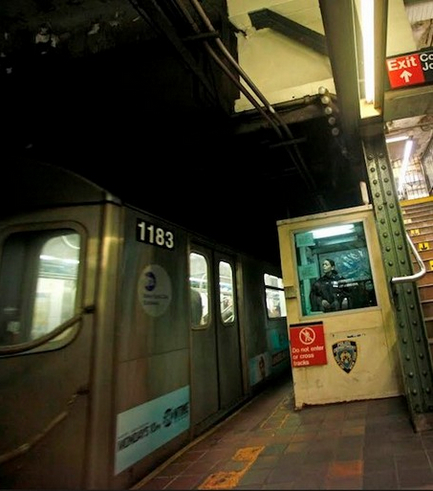Building a case of self-defense in Brooklyn subway shooting
NYPD Continues to Investigate; Legal Comparisons to 1984 ‘Subway Vigilante’ Bernie Goetz

On the evening of Tuesday, March 10, during the after-work rush hour, a shot rang out from the mezzanine level of the Brooklyn Borough Hall subway station. The victim, Gilbert Drogheo, was taken to Brooklyn Hospital, where he was pronounced dead. The shooter, identified as retired correction officer William Groomes, was taken into custody but later released without charges after he agreed to meet NYPD investigators Wednesday for more questioning. Drogheo’s co-worker, Joscelyn Evering, was arrested and charged with assaulting and menacing Groomes shortly before the shooting.
The events leading up to the shooting are still being parsed by Brooklyn investigators, but witnesses and early police reports reflect a tension between Groomes, Drogheo and Evering that began before the fated 4 train pulled into the Borough Hall station.
The events are eerily reminiscent of an incident that occurred in New York City in 1984, when Bernhard Goetz fired five shots at four young men who were harassing him on a subway.

Brooklyn Boro
View MoreNew York City’s most populous borough, Brooklyn, is home to nearly 2.6 million residents. If Brooklyn were an independent city it would be the fourth largest city in the United States. While Brooklyn has become the epitome of ‘cool and hip’ in recent years, for those that were born here, raised families here and improved communities over the years, Brooklyn has never been ‘uncool’.